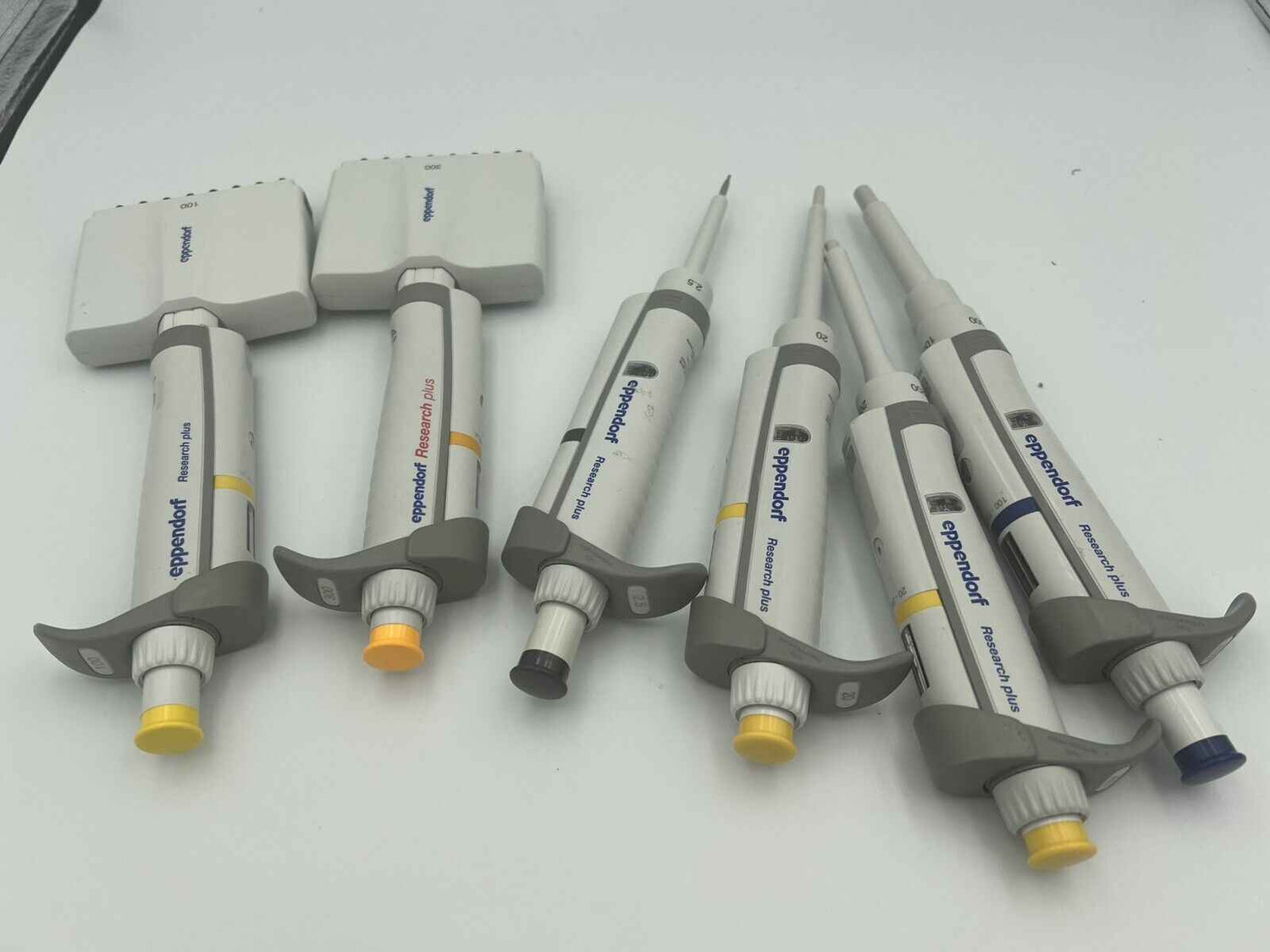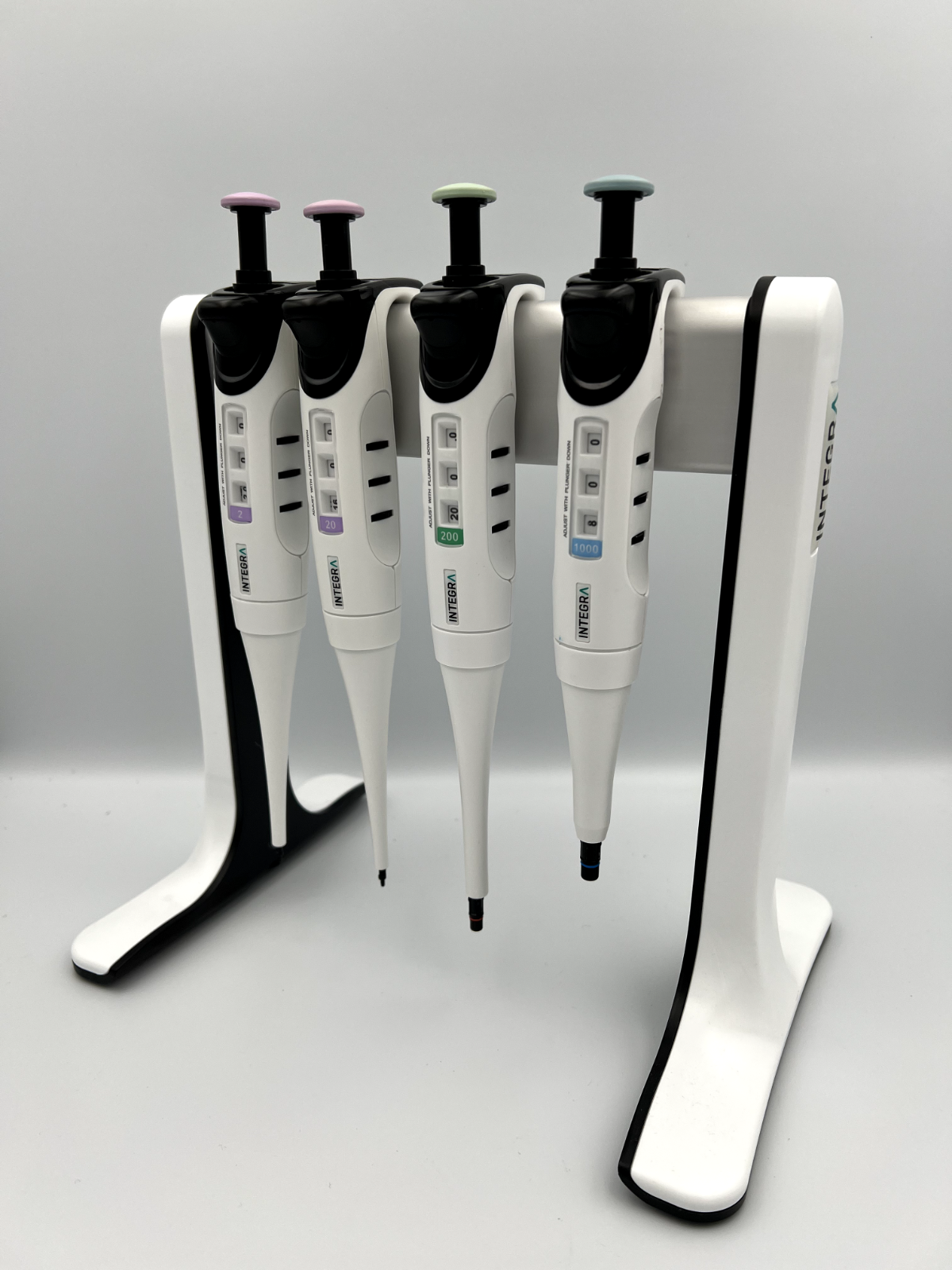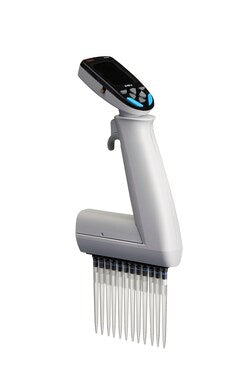How to Select the Correct Pipette Tips Volume
When working with pipettes, understanding how to select the correct size tips is crucial for accurate volume measurement. Pipettes are essential laboratory tools used to transfer precise volumes of liquids, and the tips you choose can significantly impact the performance of your pipette. Using the correct pipette tips ensures that the liquid is drawn correctly, prevents contamination, and maintains the integrity of your samples. Selecting the right size tips for your pipette involves considering the pipette's volume range, the type of liquid being used, and the specific requirements of your experiment.
First, it's vital to know the volume range of your pipette. Pipettes are typically classified based on their volume capabilities—such as micropipettes for small volumes (usually 0.1 µL to 1000 µL) and macropipettes for larger volumes (above 1000 µL). When selecting tips, ensure they are compatible with the pipette's volume specification. Each pipette model will have recommended tip sizes designed for optimum performance.
Next, consider the density and viscosity of the liquid being pipetted. Some liquids may require specific tips to handle their properties effectively. For example, viscous liquids may need wider tips to allow for easier passage, while volatile solutions might need specialized tip designs to minimize evaporation. Moreover, certain applications might necessitate filter tips to prevent cross-contamination during sample transfers.
Another critical aspect is the type of experiment you are conducting. For example, if you are involved in PCR or sensitive assays, using high-quality pipette tips can prevent beneficial nucleic acids or proteins from sticking to the sides of the tip. It's always recommended to use tips from the same manufacturer as your pipette for best performance, as they are designed to fit perfectly and reduce variance in liquid transfer.
A key factor in success is also to check if the tips are certified for use with the liquids you work with. Many manufacturers provide certifications regarding the accuracy and precision of their tips, which can play a pivotal role in ensuring that your liquid handling processes are effective and reproducible.
In conclusion, selecting the correct size pipette tips is an integral part of successful laboratory work. By understanding the volume requirements of your specific pipette, considering the properties of the liquids handled, and following the experimental needs, you can ensure accurate pipetting results every time. Always consult your pipette's specifications and choose high-quality tips to maintain the integrity of your experiments.


